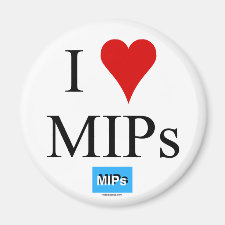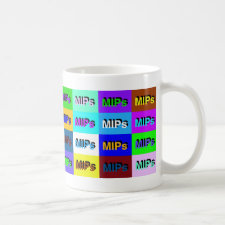
Authors: Schreiber T, Weber A, Niedergall K, Riegler J, Bryniok D, Hirth T, Tovar GEM
Publication date: 2009
Article title: Water treatment by molecularly imprinted polymer nanoparticles.
Page numbers: Article No. 1169-Q04-07
DOI: 10.1557/PROC-1169-Q04-07 Alternative URL: http://journals.cambridge.org/action/displayAbstract?fromPage=online&aid=7969195&fulltextType=RA&fileId=S1946427400009726
Proceedings title: MRS Online Proceedings Library
ISBN: 1946-4274
Volume number: 1169
Abstract: ABSTRACT Molecular recognition capabilities are evoked at artificial materials by the NANOCYTES®-technology of the Fraunhofer IGB, Stuttgart, Germany. The biomimetic nanoparticles described here possess such molecularly recognizing properties. For this purpose they carry molecularly defined binding sites at their surface. In this particular case molecularly imprinted nanospheres (nanoMIPs) were developed for the specific adsorption of micropollutants from hospital waste water. Active pharmaceutical substances and their metabolites which were not decomposed by waste water plants were chosen as model compounds. One of this model compounds is Pentoxifylline. The nanoMIPs are prepared by a miniemulsion polymerization technique, where the monomer, the template, the cross-linker, and the initiator do react in the droplet cavities of the miniemulsion. The reaction to obtain nanoMIP particles is complex, but nevertheless it runs in a single reaction chamber and in a single step chemical process. For synthesis of the polymer system p(methacrylicacid-co-ethylenglycoldimethacrylate), p(meth-acrylicacid-co-methylmethacrylate-co-ethylenglycoldimethacrylate) and p(4-vinylpyridin-co-ethylenglycoldimethacrylate) are used. The technique of miniemulsion polymerization results in particles with a typical size distribution of 50 nm to 500 nm. Additionally, an introduced magnetic core will allow the final separation of the nanoMIPs and more important of the recognized pollutants from (waste) water. We demonstrate that magnetite can be incorporated into the polymer system, and that the template Pentoxifylline does not affect the polymerization process
Template and target information: pentoxifylline



Join the Society for Molecular Imprinting

New items RSS feed
Sign-up for e-mail updates:
Choose between receiving an occasional newsletter or more frequent e-mail alerts.
Click here to go to the sign-up page.
Is your name elemental or peptidic? Enter your name and find out by clicking either of the buttons below!
Other products you may like:
 MIPdatabase
MIPdatabase









